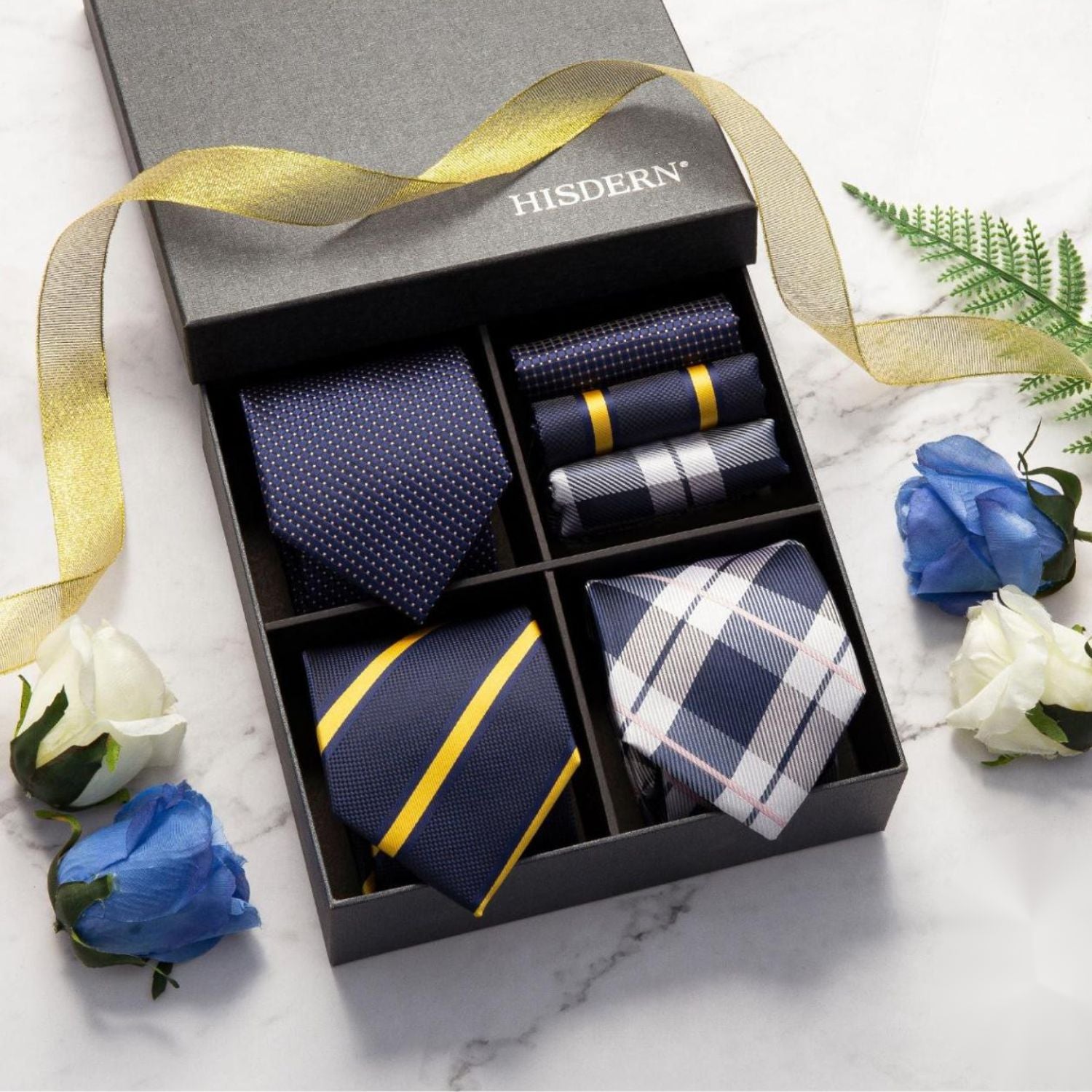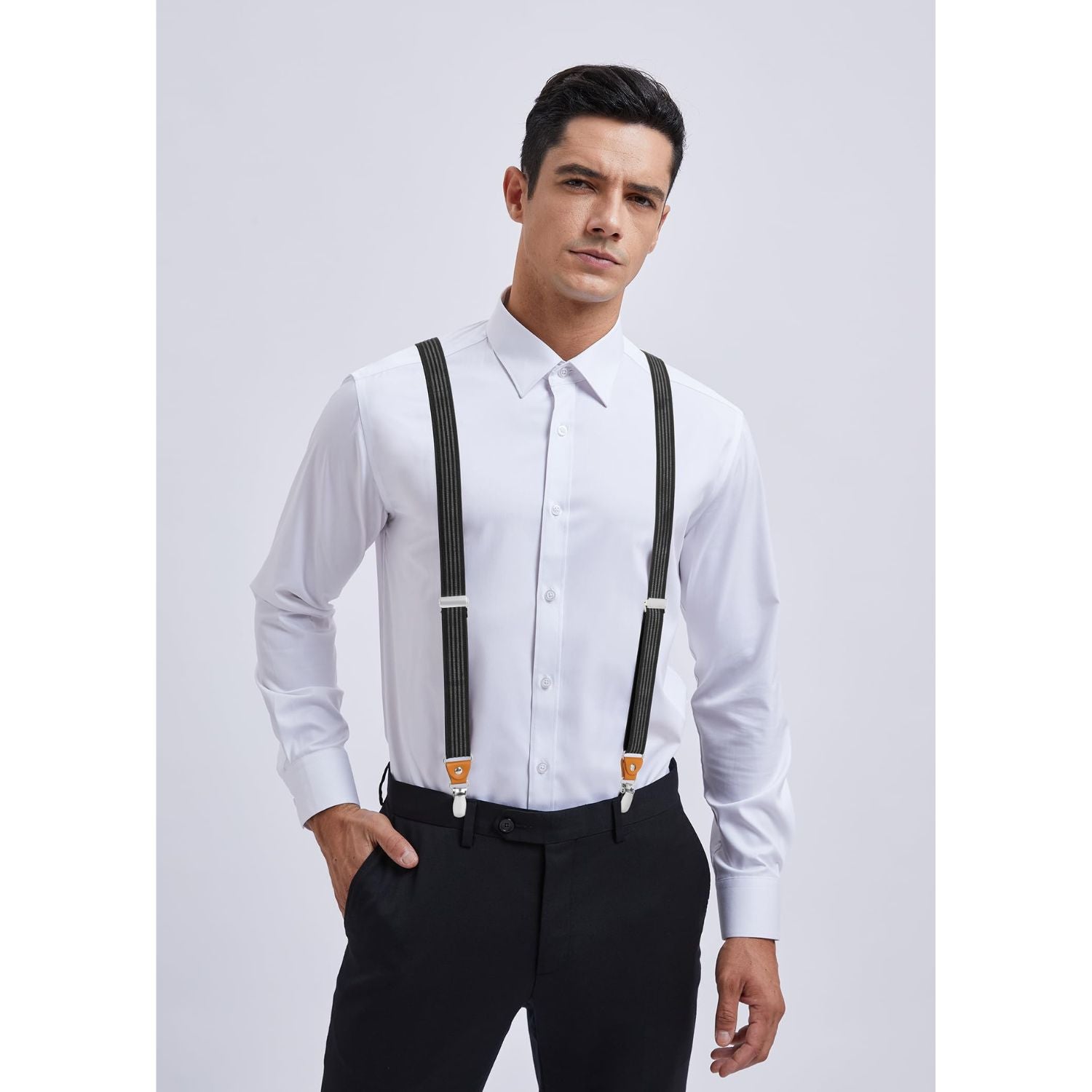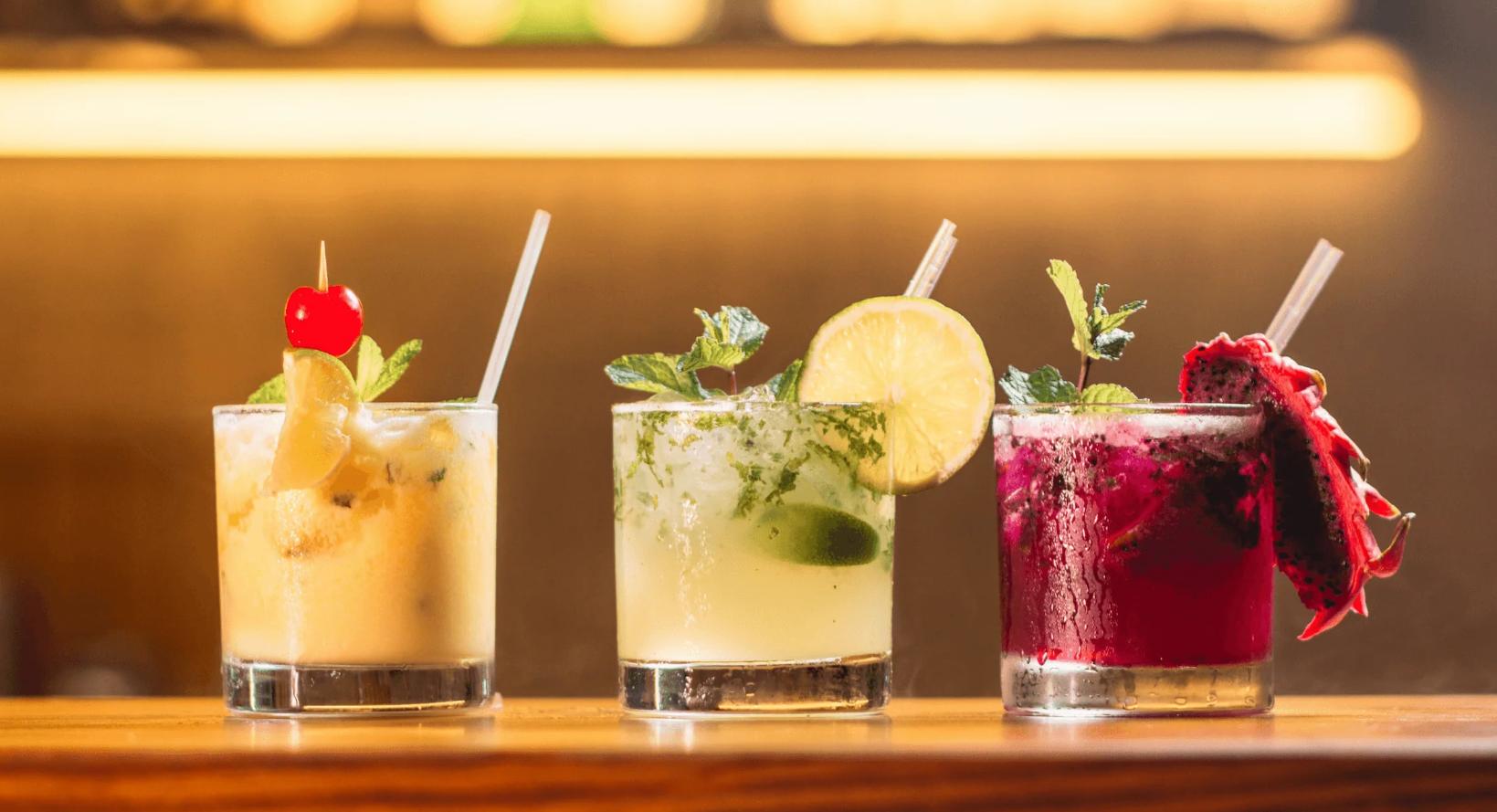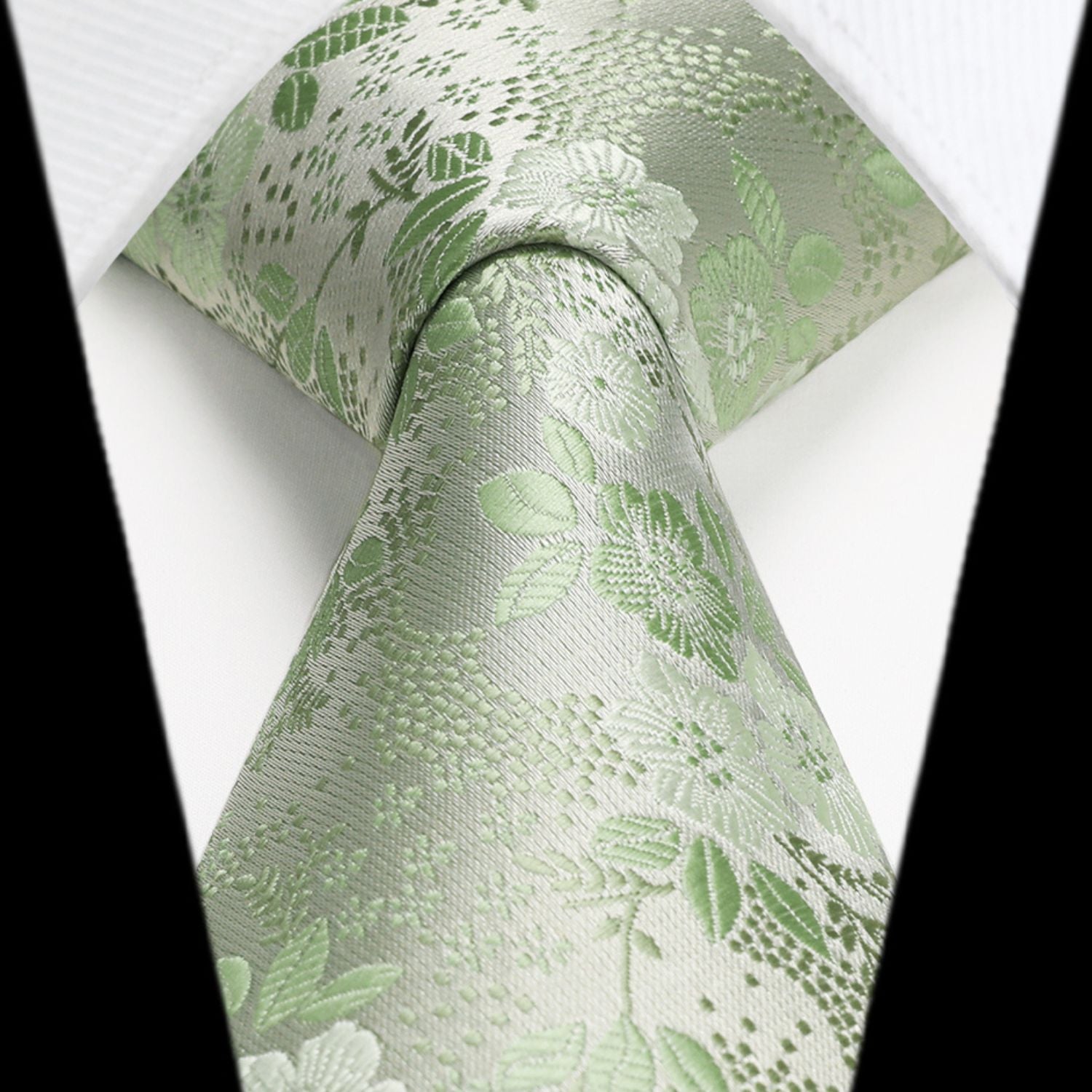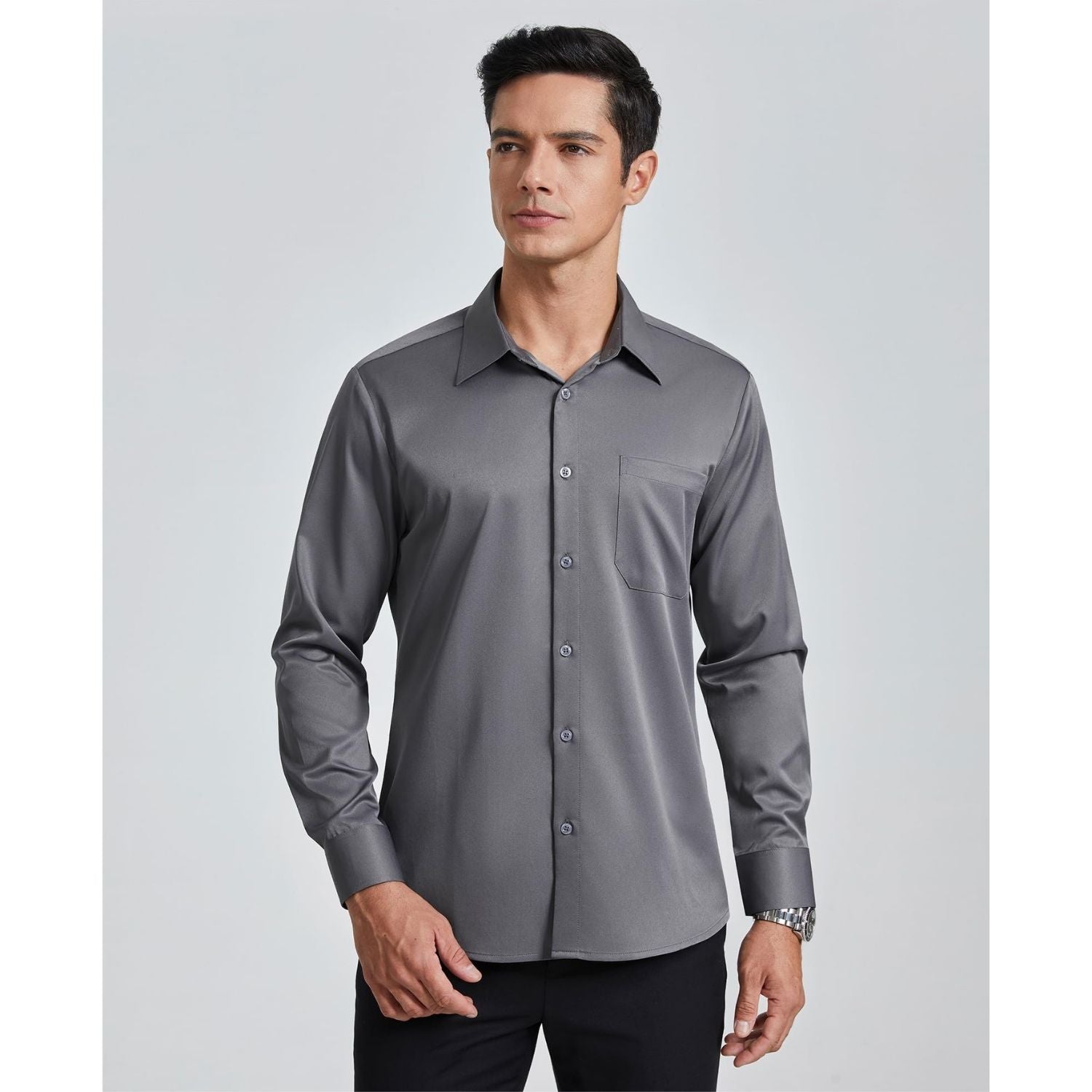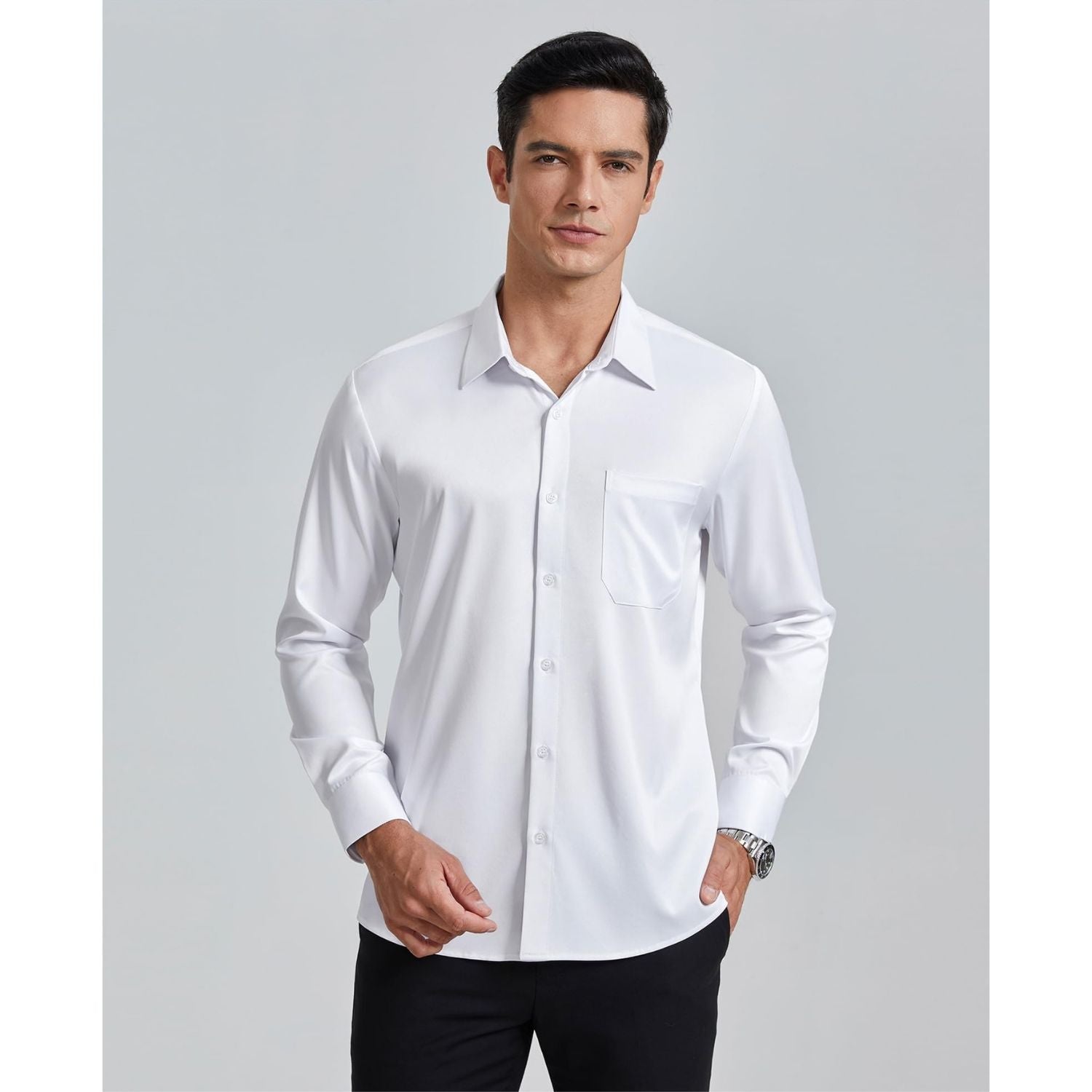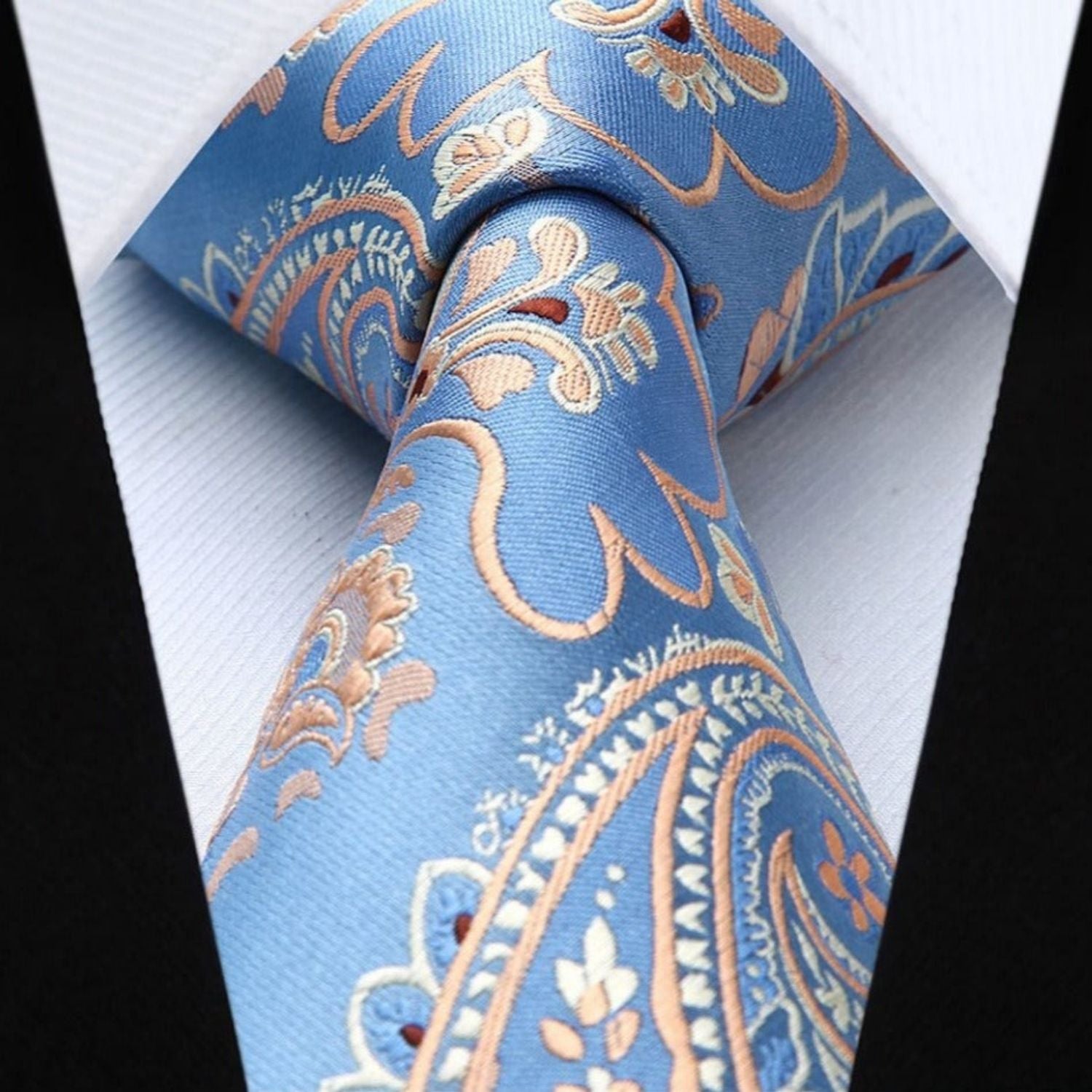Ultimate Guide to Steak: Type of Steak & Cuts
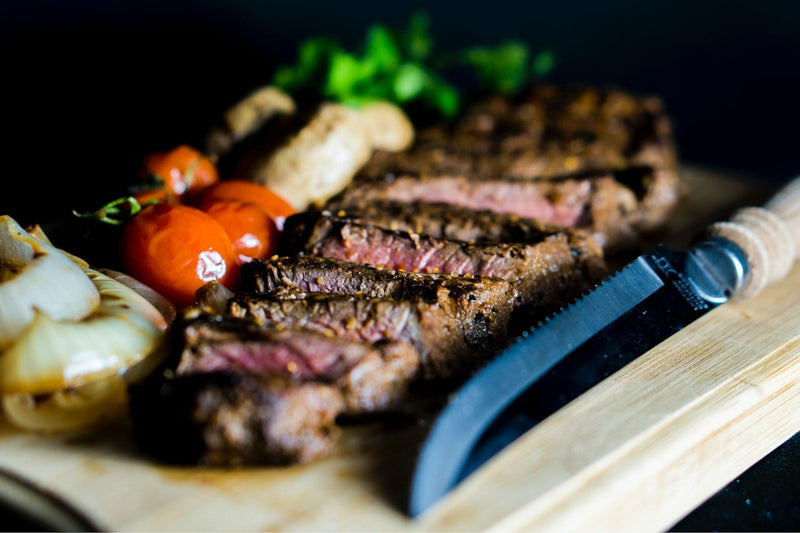
When you see the word "steak," you can't help but imagine the smell of the grill or the sizzling sound of meat on the fire. It's a food that brings back fond memories of family, friends and good times. Just like everyone else, you may wonder about the various cuts of steak.
Types of steaks and chops
In our opinion, the top five in terms of tenderness and flavor are:
- Rib eye
- Tenderloin
- Tripping
- T-bone and Porterhouse
- Top sirloin
While they are all worth tasting, many people may attest that the best combination of flavor and tenderness comes from the first three cuts on this list. Of course, you may also prefer other cuts (flank steak or flat iron steak, for example), but since we believe that the five cuts listed here represent the best combination of texture and flavor, they are the focus of our discussion. Now, let's talk about each one.
1. Rib eye steak
- Obviously, this cut comes from the rib portion of the cow and is also used for prime rib during slow roasting. Also known as Delmonico steak, scotch fillet or entrecôte.
- In the United States, there is a terminological distinction: "rib eye" refers to the cut made when the bone is removed, while "ribeye steak" refers to the cut if the bone is still attached.
- The rib eye is the best choice for those who value flavor above all else; its flavor is second to none due to its well "marbled" fat and high degree of tenderness.
2. Tenderloin/Fillet Steak
- This cut is taken from the center of the loin area and is aptly named because it is the most tender piece of meat on the cow.
- The three main "cuts" of the loin are from the rump, the center cut and the tail end, in order from large to small.
- The tail end is usually used for slices of raw beef and the center cut is used for partially controlled steaks
- Filet mignon (which means "small" or "delicate" in French) is cut from the small end of the center cut, and because it is leaner than rib eye or strip, this cut is the best choice for those who prefer the texture of the meat over the flavor It is often described as a "melt-in-your-mouth" texture.
3. Strip Steak
- This cut is also known by many other names, including New York Strip and Kansas City Strip.
- Strip steak from the short loin is another type of meat that is low in connective tissue, making the beef tender.
- Its fine marbling delivers excellent flavor, often second only to the rib eye.
- It can also be used to make richly flavored roast beef.
4. T-bone and Porterhouse steak
- Both the T-bone and Prime cuts come from the short loin of the cow.
- As you might expect, T-bone steaks are named after the distinctive shape of the bone that holds them together.
- And while both T-bones and porterhouses contain T-bones, with a tenderloin on one side and a strip on the other, the difference between the cuts is the amount of meat in each of the two parts.
- Both T-bones and porterhouses contain a large strip of steak. Porterhouses are cut from the back end of the short loin and therefore contain a larger tenderloin. In contrast, T-bone steaks are cut closer to the front end of the short loin and contain a smaller portion of tenderloin.
5. Top sirloin steak
Image from recipes.co.nz
- Meanwhile, the top brisket cut is very simply named because it comes from the upper part of the brisket portion of the cow (just behind the short loin and below the rump).
- While other cuts in the brisket section, such as flatbone and roundbone brisket steaks, have more bone and tougher muscle, top brisket does not, and is therefore more popular.
- While top brisket is less tender, less flavorful and leaner than the other parts listed above, it is not very lacking in any of these categories. Top brisket is a great budget option for those who like to buy and enjoy steak on a regular basis.
Conclusion
Steak is a flavorful dish that can be prepared in many different ways. You can make a steak special by grilling or frying it. You now know the types and textures of different types of steaks - this will determine which steak cut is best for you. Of course, this is only the first step to enjoying a great steak. After you've decided what you want, you have to go buy the steak you want and start cooking your steak!

